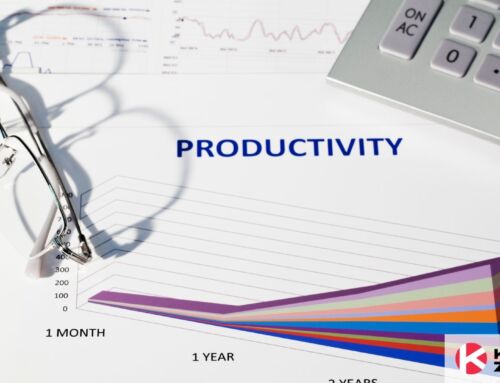
We’ve all had our fair share of conflict at work. It could be a frustrated client, an argument with a colleague, saying “no” to a stakeholder request, or dealing with organizational restructuring. Conflicts can arise from anything. We might be tempted to sleep on it and let things pass. But the reality is, conflicts don’t heal on their own. If they are not dealt with proactively, conflicts can escalate and cause more harm in the workplace.
Conflicts are tricky situations but you’re not without resolve. Team leaders and project managers will often encounter them. This is why conflict management is a must-have skill for any leader. If you want a harmonious working relationship within your team, you must learn how to navigate and manage conflict in the workplace.
5 Techniques to Deal with Conflict in the Workplace
1. Focus on Finding the Root Cause
When there’s conflict in the workplace, the common and unproductive reaction is to find who to blame. But playing the blame game won’t help you resolve the dispute. It will only create a thicker barrier between the parties involved. To successfully resolve things and bring back harmony to your team, you need to remove emotion and personalities from the equation. Effective conflict management in the workplace focuses on behaviors, events, and outcomes. Discuss how and why the matter came about. When you remove personal biases from the discussion you allow everyone to focus on resolving the issue instead of covering their backs.
2. Discuss the Matter in Private
When things get heated, people don’t want to be put in the spotlight for the wrong reasons. When discussing conflict at the workplace, pick the right time and place to meet. Book a meeting room or have it in a nearby cafe to somehow lighten the mood. Face-to-face conversations are always the best. If working remotely, opt for a phone call or a video conference as much as possible. Before the actual meeting, let the people involved know what will be discussed so that they don’t get caught off guard.
3. Validate Feelings
A key ingredient in effective conflict management is the ability to articulate the other person’s feelings and echo it back to them. This shows that you are actively listening to their feelings and thoughts. It will let them know that you understand the situation on why they acted the way they did. It also allows them to fill in the gaps to your understanding in case there are any.
Using words like “From what I understand” and “I felt” helps you frame your statements in a way that seeks validation from the other person. Notice how these phrases are based on your understanding and do not put words in the other person’s mouth. This practice establishes an environment that is conducive to open communication and collaboration.
Your employees will feel safer to air out their frustrations and fears because they know that you are a good listener and you put an effort to understand them.
4. Conflict Resolution – Create a Plan
Conflict resolution has two goals. First, is to identify the root cause of the dispute. Second, is to create a resolution plan. The plan doesn’t have any format. Through the course of your discussion, you will be able to determine what action items are needed and that’s what you plan for. Your conflict resolution plan could be an agreement on what actions both parties need to take to avoid having the same conflict in the future. If the conflict needs a change in your team’s process, documenting these action items and creating an implementation plan is a must.
5. Follow Through on Your Plan and Review Progress
Touch base with your team regularly to check if the agreements from your discussion and resolution plan are being applied. If there were planned changes in your team’s process, assess whether it’s improved your ways of working or not. Make an effort to check in with your team members individually as often as possible. Ask them what they think of the changes and if their teammate is doing their part of the agreement. If another discussion is needed, then set it up. When things are going well as planned, take the time to compliment everyone involved on their achievements and progress.
Lose the Emotions and Communicate Openly
Conflicts often arise due to poor communication and emotions being front and center. When you are faced with what could be a conflicting situation, recognize your emotions and control your next steps. Express your feelings in a way that they won’t be taken personally by the other person. Avoid being aggressive when you talk and strive to learn the facts first before saying or doing anything. Case studies documented by the Harvard Business Review, recommend to“Be clear, direct, and unemotional” and to “Put yourself in the right frame of mind and show empathy”. If you’re a team leader, foster an environment where your employees can communicate assertively.
Conflict management in the workplace can be a sticky situation for any manager or employee. But know that you can always bring things back on track when you openly collaborate and communicate with your team.
Learn to Work Smarter, Not Harder!
Get our top articles weekly.
Table Of Contents
Discover many more posts…







